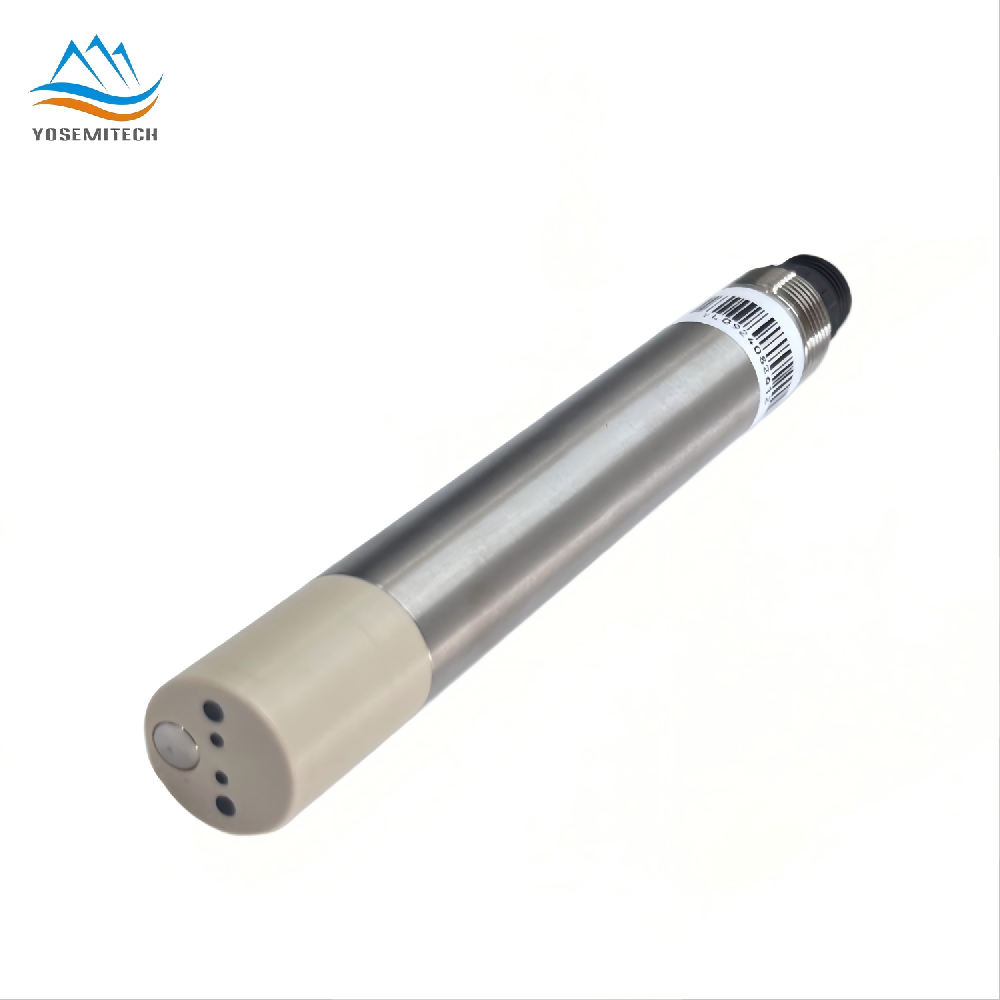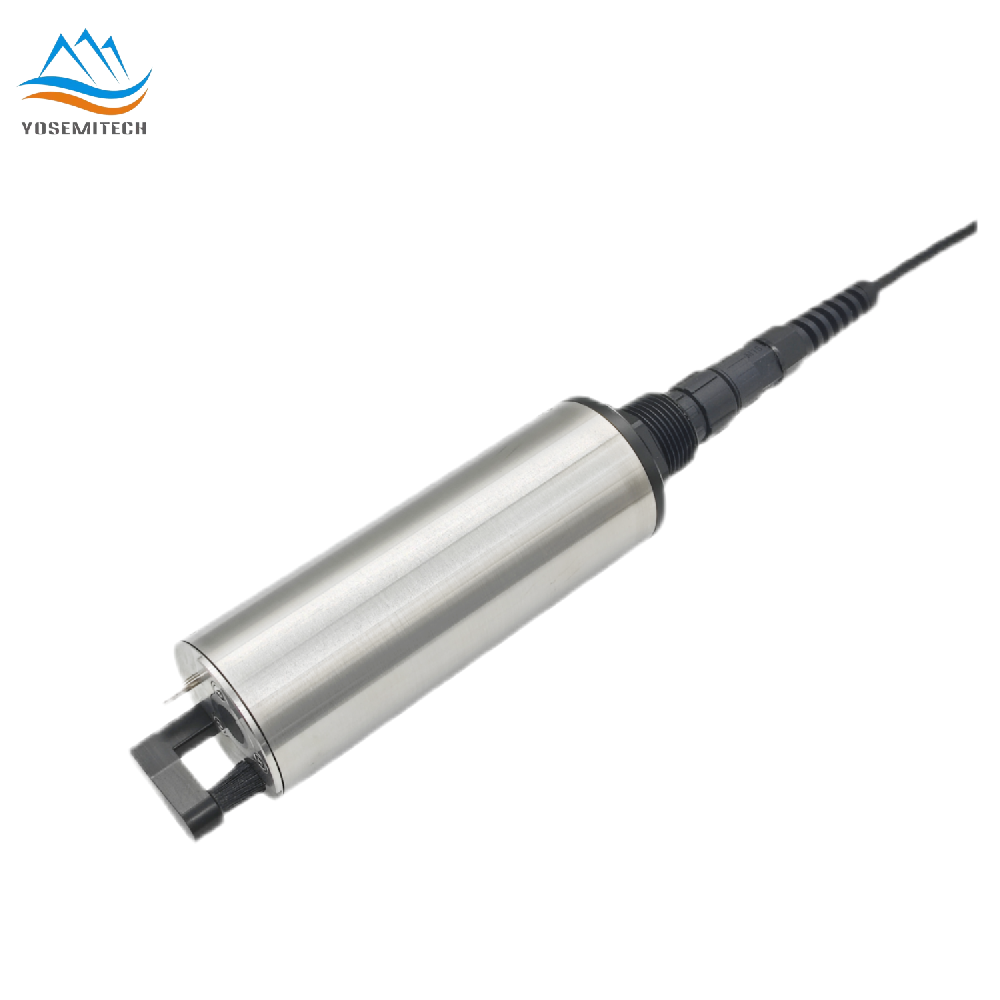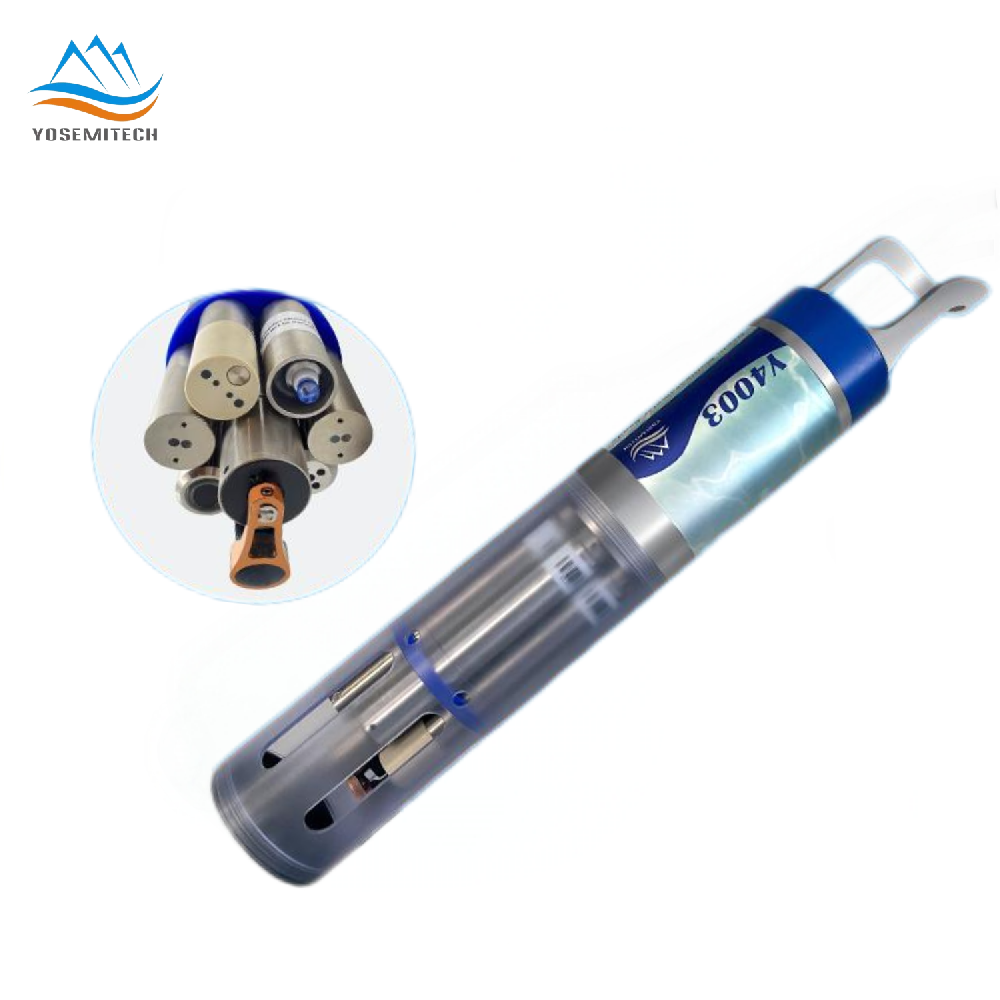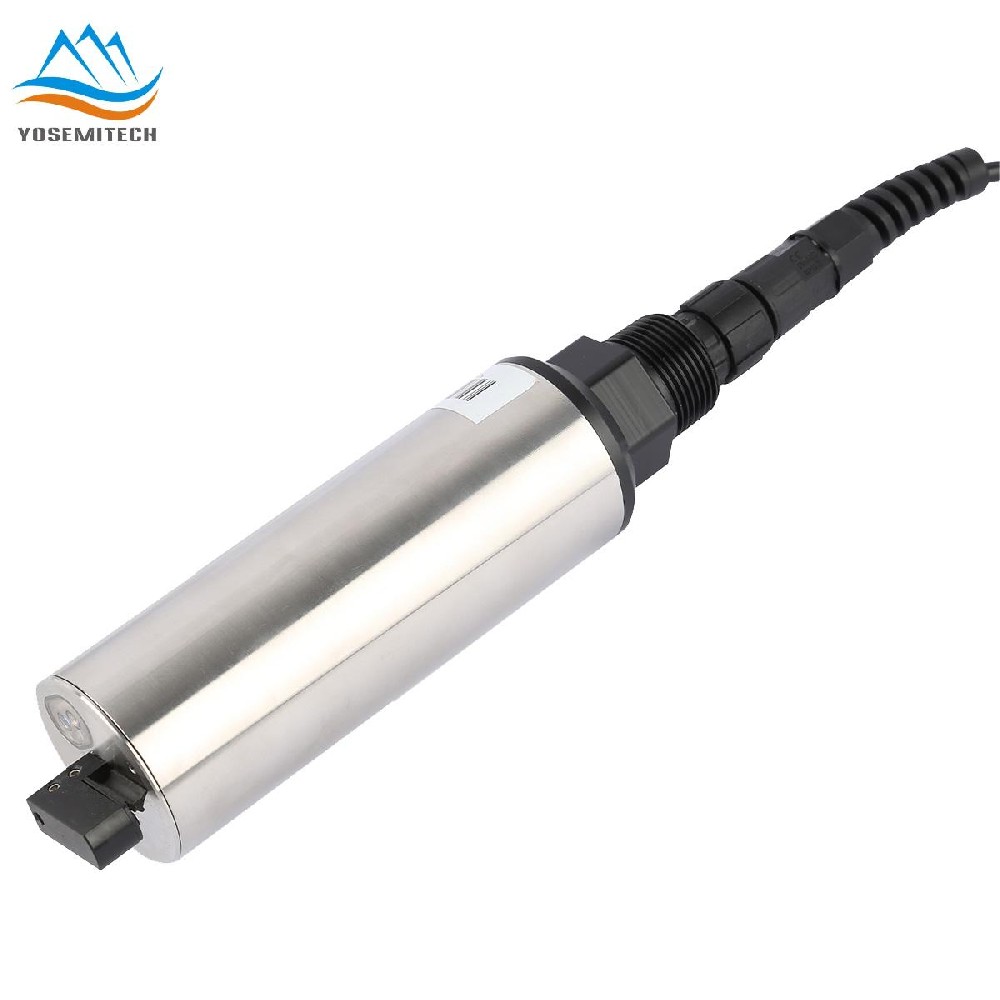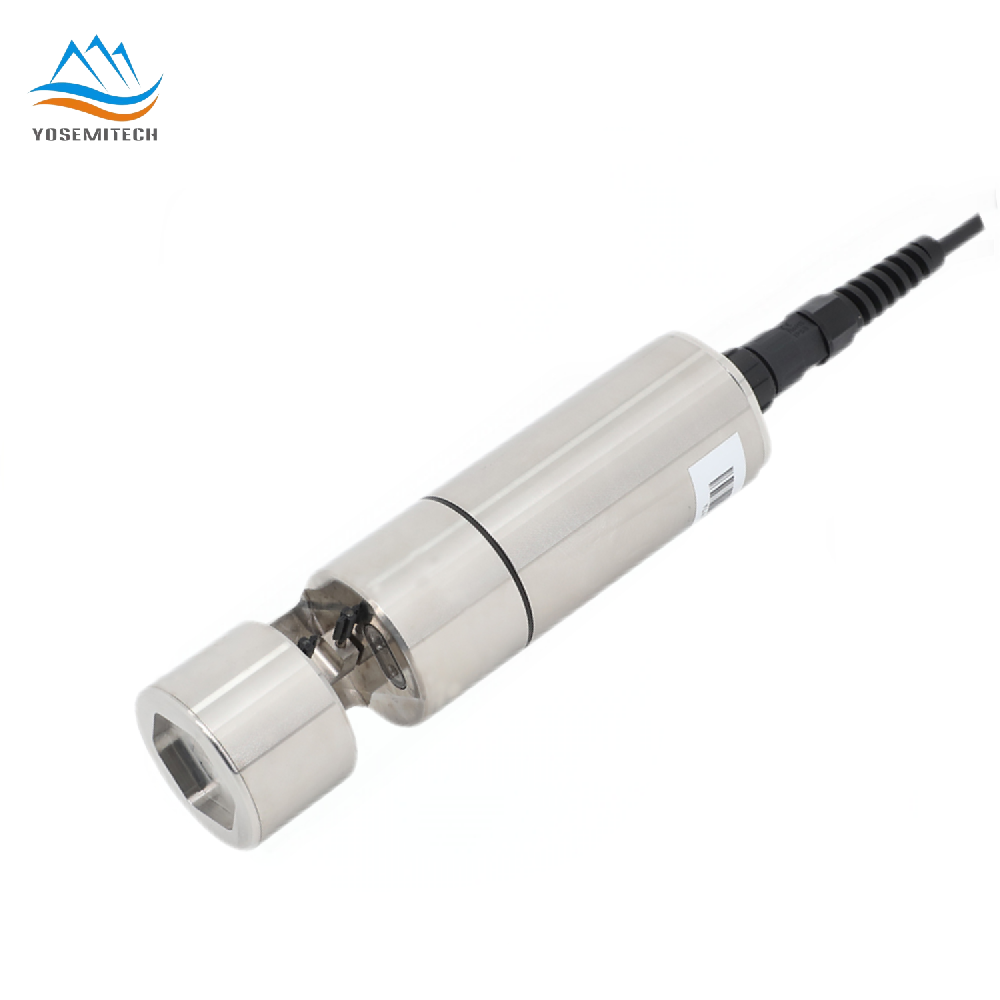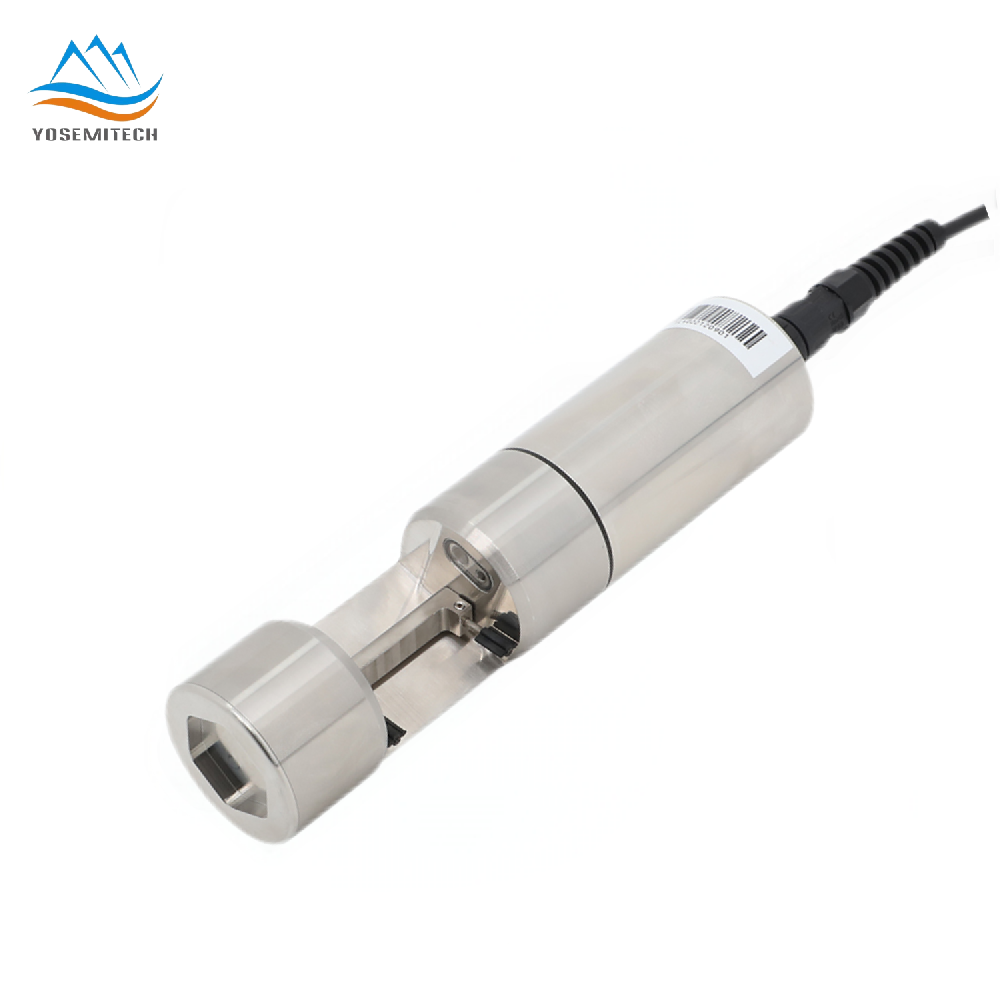Industry news
What is turbidity?
Writer: admin Time:2024-06-25 13:33:25 Browse:1536℃
In the field of environmental monitoring, turbidity plays a crucial role in assessing water quality. Turbidity is a measure of the cloudiness or haziness of a fluid, typically water, caused by large numbers of individual particles that are generally invisible to the naked eye, similar to smoke in the air.

What are Sources of Turbidity?
1. Soil Erosion: One of the primary sources of water turbidity is soil erosion. When rainwater or runoff flows over bare soil surfaces, it can pick up sediment particles and transport them into nearby water bodies. This process not only increases turbidity levels but also introduces pollutants and nutrients into the water, impacting aquatic ecosystems.
2. Urban Runoff: Urban areas with impervious surfaces such as roads, parking lots, and rooftops contribute to turbidity in water bodies. When rainwater flows over these surfaces, it can pick up various contaminants such as sediment, heavy metals, and chemicals, leading to increased turbidity levels in urban water sources.
3. Construction Activities: Construction sites are another significant source of turbidity in water. Excavation, land clearing, and other construction activities can disturb soil and expose it to erosion, resulting in sediment-laden runoff entering nearby streams or rivers. Proper erosion control measures are essential to mitigate the impact of construction-related turbidity.
4. Agricultural Practices: Agriculture plays a crucial role in the economy but can also be a source of turbidity in water bodies. Runoff from agricultural fields can carry sediment, pesticides, fertilizers, and animal waste into nearby water sources, leading to increased turbidity levels and potential water contamination.
5. Natural Processes: Apart from human activities, natural processes such as algal blooms, phytoplankton growth, and organic matter decomposition can also contribute to turbidity in water. These natural sources of turbidity may vary seasonally and regionally, impacting the clarity and quality of water bodies.
Difference Between Turbidity and TSS
When evaluating water quality, two frequently used terms are turbidity and total suspended solids (TSS). Although they are interconnected, they each signify distinct elements of water clarity and contamination.
Turbidity is the measure of cloudiness or haziness in a fluid due to suspended large and small particles such as clay, silt, organic matter, and microscopic organisms. It is usually measured using a turbidimeter, which assesses the amount of light scattered by particles in the water. High turbidity levels can indicate sediment runoff, erosion, or pollution in the water.
Total Suspended Solids (TSS) refers to the concentration of solid particles suspended in water, typically measured in milligrams per liter (mg/L). TSS includes both organic and inorganic particles that are visible under a microscope. Unlike turbidity, TSS measurement involves filtering a water sample to remove all suspended solids before weighing the collected residue. High TSS levels can indicate pollution, excess nutrients, or sedimentation in the water body.
Why We Need to Monitor Turbidity?
Monitoring turbidity in water systems is crucial for several reasons that impact both human health and environmental sustainability.
Indicator of Water Quality: Turbidity serves as an important indicator of overall water quality. High turbidity levels in water can indicate the presence of contaminants such as sediment, bacteria, and other pollutants that may pose health risks to consumers.
Effect on Treatment Processes: Turbidity can impact the effectiveness of water treatment processes. High levels of turbidity can interfere with disinfection processes such as chlorination, leading to ineffective treatment and potential health hazards for consumers.
Environmental Impact: Excessive turbidity in water bodies can have negative environmental impacts. It can disrupt aquatic ecosystems by blocking sunlight penetration, affecting aquatic plant growth, and reducing oxygen levels for aquatic organisms.
Early Warning Sign: Monitoring turbidity provides an early warning sign of potential problems in water systems. Sudden spikes in turbidity levels can indicate issues such as pipeline leaks, equipment malfunctions, or increased sediment runoff, allowing for prompt corrective actions to be taken.
Public Health Protection: By monitoring turbidity levels, water utilities can ensure that drinking water is free from harmful contaminants and pathogens. This helps safeguard public health and prevents waterborne diseases associated with poor water quality.
How High Turbidity in Drinking Water Can Be Dangerous?
High turbidity in drinking water poses significant health risks. Turbidity indicates the presence of suspended particles, such as dirt, silt, and microorganisms, which can harbor harmful pathogens. When turbidity levels are elevated, it can shield bacteria and viruses from disinfection processes, increasing the likelihood of waterborne diseases. Additionally, turbid water can affect the taste and odor, making it unpalatable. Prolonged consumption of turbid water may lead to gastrointestinal issues and other health problems. Therefore, regular monitoring and treatment of drinking water for turbidity are crucial to ensure safety and protect public health.
How to Measure Turbidity?
Turbidimeters measure the absorbance of light passing through a water sample. As turbidity increases, more light is absorbed by the suspended particles, resulting in higher absorbance values. Turbidity sensors are commonly used for online monitoring and continuous measurement of turbidity.
Tags: Turbidity, Turbidimeter, Turbidity sensors, Water Turbidity, Water Quality, Suppliers, manufacturers, factory, wholesale, buy, price, quotation, bulk, for sale, companies, stock, cost.
CATEGORIES
CONTACT US
Yosemitech Technologies Co., Ltd
 +86 19984844080
+86 19984844080
 sales@yosemitech.com
sales@yosemitech.com
 Bldg,25,CECEP Industrial Park, No. 18 Dongchang Rd. Suzhou Industrial Park, Jiangsu Province,China 215126, China
Bldg,25,CECEP Industrial Park, No. 18 Dongchang Rd. Suzhou Industrial Park, Jiangsu Province,China 215126, China
